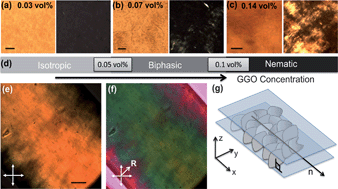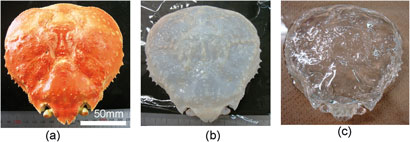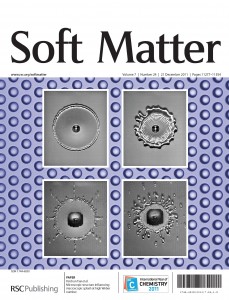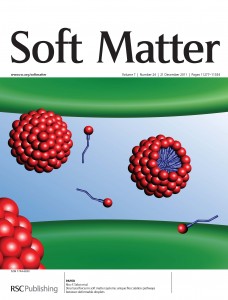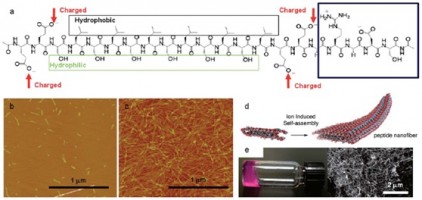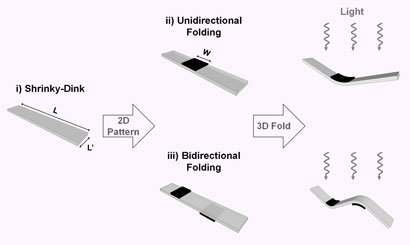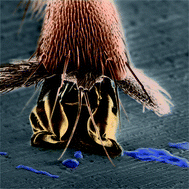This month sees the following articles in Soft Matter that are in the top ten most accessed for October:
Modeling and simulation of curled dry leaves
Hang Xiao and Xi Chen
Soft Matter, 2011, 7, 10794-10802
DOI: 10.1039/c1sm05998j
Hydrophilic and superhydrophilic surfaces and materials
Jaroslaw Drelich, Emil Chibowski, Dennis Desheng Meng and Konrad Terpilowski
Soft Matter, 2011, 7, 9804-9828
DOI: 10.1039/c1sm05849e
Biomimetic soft matter
Ian W. Hamley
Soft Matter, 2011, 7, 9533-9534
DOI: 10.1039/c1sm90064a
Facile fabrication of uniform golf-ball-shaped microparticles from various polymers
Kyung-Hee Hwangbo, Mi Ri Kim, Chang-Soo Lee and Kuk Young Cho
Soft Matter, 2011, 7, 10874-10878
DOI: 10.1039/c1sm06529g
On measuring colloidal volume fractions
Wilson C. K. Poon, Eric R. Weeks and C. Patrick Royall
Soft Matter, 2012, Advance Article
DOI: 10.1039/c1sm06083j
Recent progress in the morphology of bulk heterojunction photovoltaics
Michael A. Brady, Gregory M. Su and Michael L. Chabinyc
Soft Matter, 2011, 7, 11065-11077
DOI: 10.1039/c1sm06147j
Supramolecular hydrogels based on cyclodextrin–polymer polypseudorotaxanes: materials design and hydrogel properties
Kerh Li Liu, Zhongxing Zhang and Jun Li
Soft Matter, 2011, 7, 11290-11297
DOI: 10.1039/c1sm06340e
Counting polymer knots to find the entanglement length
Jian Qin and Scott T. Milner
Soft Matter, 2011, 7, 10676-10693
DOI: 10.1039/c1sm05972f
Nanostructuring polymers, colloids, and nanomaterials at the air–water interface through Langmuir and Langmuir–Blodgett techniques
Jin Young Park and Rigoberto C. Advincula
Soft Matter, 2011, 7, 9829-9843
DOI: 10.1039/c1sm05750b
Structural properties of soluble peptide amphiphile micelles
Amanda Trent, Rachel Marullo, Brian Lin, Matthew Black and Matthew Tirrell
Soft Matter, 2011, 7, 9572-9582
DOI: 10.1039/c1sm05862b
Why not take a look at the articles today and blog your thoughts and comments below.
Fancy submitting an article to Soft Matter? Then why not submit to us today!
To keep up-to-date with all the latest research, sign up for the Soft Matter e-Alert or RSS feeds or follow Soft Matter on Twitter or Facebook.


